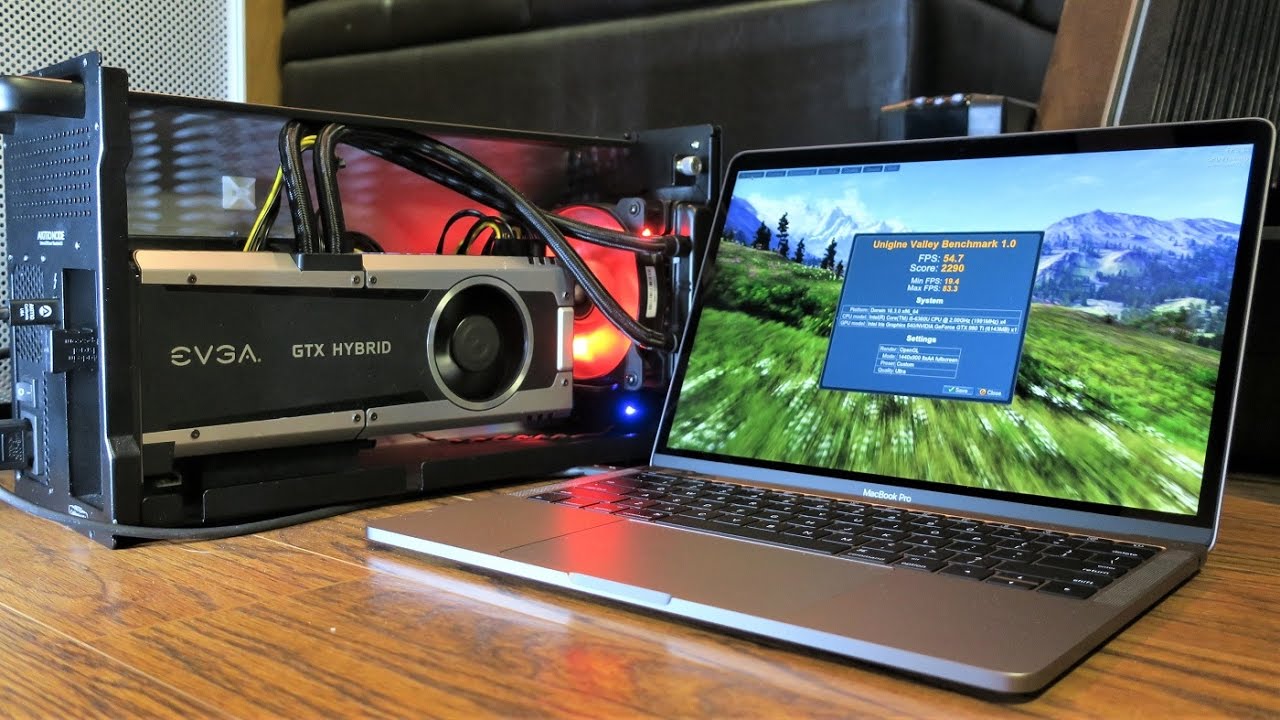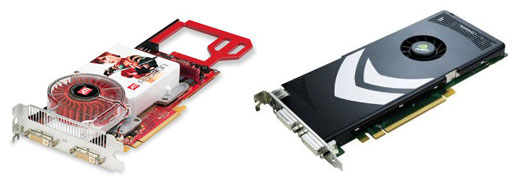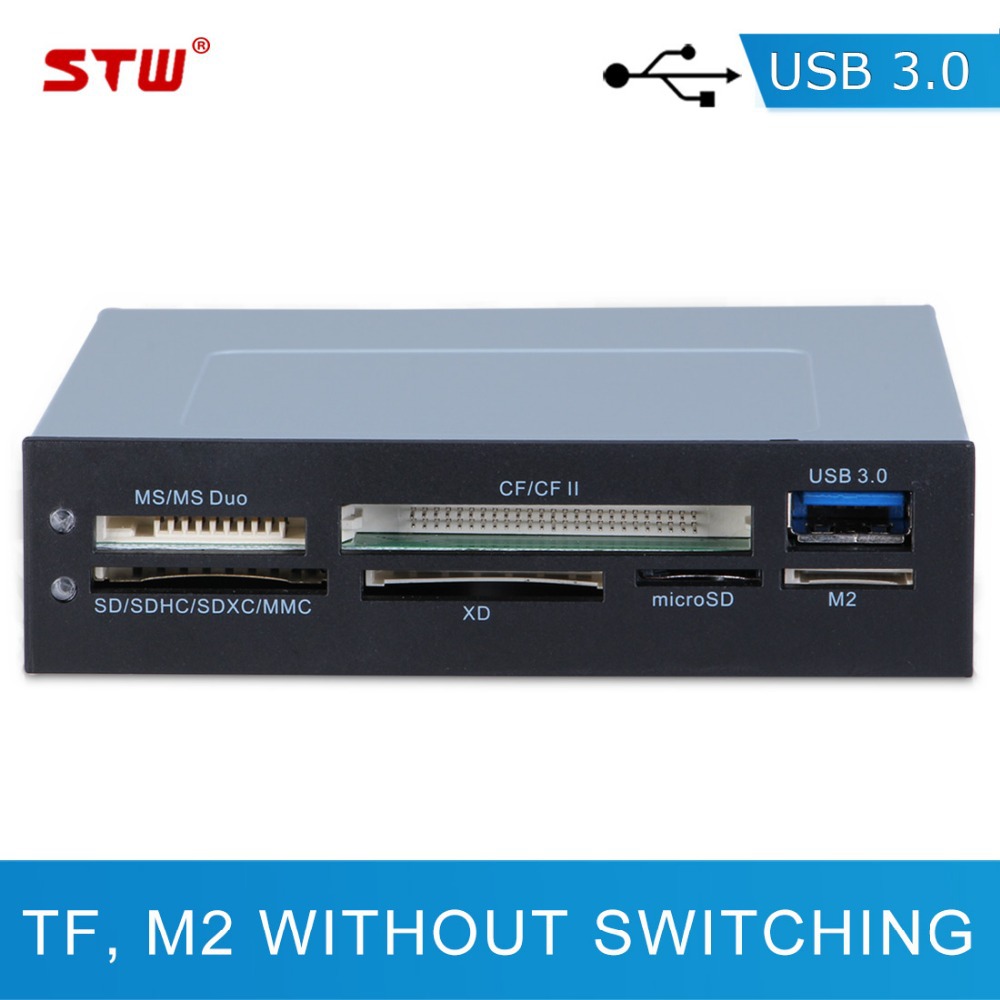- The #1 place for Mac Pro graphics cards. GPU upgrades from AMD and Nvidia.
- Graphics Drivers for Intel® 82830M Graphics and Memory Controller Hub (GMCH) Graphics Drivers for Intel® 82815 Graphics Controller. Graphics Drivers for Intel® 82810 Graphics and Memory Controller Hub (GMCH) Intel® Graphics Media Accelerator 3600 Series. Let us identify your products and update your drivers Get Started.
- As noted elsewhere, NVidia themselves make OS X drivers for Quadro cards but these are aftermarket cards anyway, not supplied in any Mac build option available directly from Apple. Apple provides core drivers, currently up to OpenGL 4.1 or 3.3 - depending on your card, of course - plus legacy drivers for OGL 2.1 compatibility.
RTX Studio Systems Bundle; B550 Motherboard Lineup; ASUS From the Inside; Rank Up with ROG Elite Rewards; Powered by ASUS; The Catalyst; 4k, 144Hz with DSC Technology.
After upgrading to Premiere Pro version 13.0, there may be driver issues, and you may need to upgrade your driver.
Some of the driver issues that you could face are:

- Green, pink, or purple streaks in Premiere Rush and Premiere Pro after importing a file or in the exported file. For more information on fixing this error, see Green and pink video in Premiere Pro CC 13.0 or Premiere Rush CC 1.0.
- Renderer option is grayed out when you navigate to File > Project Settings > General.
- Intermittent crash while editing.
- No previews, garbled previews, frame drops, performance issues including slow playback or frame glitches. This article explains what's needed for using CUDA, Intel, and Apple Metal graphics with the 2019 versions of Premiere Pro (13.0 and higher).
Note:

Adobe strongly recommends updating to Nvidia studio driver 451.77 or later when using Premiere Pro.
NVIDIA CUDA graphics acceleration requires CUDA 10.1 drivers.
CUDA is not a requirement for running the Adobe video apps, but if you prefer CUDA graphics acceleration, you must have CUDA 10.1 drivers from NVIDIA installed on your system before upgrading to Premiere Pro versions 13.0 and later.
You can run Premiere Pro with the latest GeForce series GPUs or Quadro Series cards.
Video Card Driver For Mac Os
These drivers are updated regularly so check the NVIDA website to be sure you have the most current version for your GPU.
You can find the latest GPU drivers here:
Updating display driver and CUDA 10.1 driver for macOS
Here are the requirements for running CUDA 10.1 on macOS:
- Requires macOS 10.13.6 (most recent version of High Sierra).
- A current NVIDIA GPU with at least 4 GB of memory.
- NVIDIA display driver version 387.10.10.10.40.128.
Note:
macOS10.14 (Mojave) does not currently support CUDA.
Make sure you update the device driver before you install the CUDA driver. You can update the device driver from the following locations:
- Display driver: 387.10.10.10.40.128 (direct download)
- CUDA driver: 130_macos (direct download).
Adobe supports those versions of Windows and macOS that are still actively supported by Microsoft and Apple. For macOS, that typically means the three most recent versions.
That holds true for the latest releases as well. However to realize the performance benefits of Apple's Metal graphics acceleration, the 2019 version of Premiere Pro needs to run on either macOS 10.13 (High Sierra) or the recently launched 10.14 (Mojave).
You can still run Premiere Pro on macOS 10.12 using OpenCL graphics acceleration, but Metal provides 15-20 percent faster rendering and Adobe recommends it for optimum performance.

Premiere Pro versions 13.0 and later require a recent version of the Intel graphics driver. Your Intel driver version has to be version 27.20.100.8476 or above to avoid any stability and performance issues. We recommend updating your Intel drivers to the above drivers.
Note:

100.8476 refers to the last two places of the complete version of the Intel driver (i.e. 27.20.100.8476)
Adobe recommends that you try to obtain a compatible driver from your PC manufacturer. If a compatible version is not available, Intel makes a generic version available on its website: https://downloadcenter.intel.com/download/27988.
Note:
If your driver is older than 100.6286 and your PC manufacturer does not provide a compatible version, it is recommended that you do not install a version later than 100.6286 from the Intel site. Driver version 100.6444 is a Windows DCH driver which does not install cleanly on top of older, legacy drivers.
Adobe highly recommends making a backup of your system, first. If you have difficulty installing the driver, see: https://www.intel.com/content/www/us/en/support/articles/000005629.html.
If you are using a system with dual GPUs, then:
Mac Pro Video Card
- Premiere Pro with Open CL: Premiere Pro first checks for the Intel/AMD driver.
- Premiere Pro with CUDA: Premiere Pro first checks for the NVIDIA driver.

- Green, pink, or purple streaks in Premiere Rush and Premiere Pro after importing a file or in the exported file. For more information on fixing this error, see Green and pink video in Premiere Pro CC 13.0 or Premiere Rush CC 1.0.
- Renderer option is grayed out when you navigate to File > Project Settings > General.
- Intermittent crash while editing.
- No previews, garbled previews, frame drops, performance issues including slow playback or frame glitches. This article explains what's needed for using CUDA, Intel, and Apple Metal graphics with the 2019 versions of Premiere Pro (13.0 and higher).
Note:
Adobe strongly recommends updating to Nvidia studio driver 451.77 or later when using Premiere Pro.
NVIDIA CUDA graphics acceleration requires CUDA 10.1 drivers.
CUDA is not a requirement for running the Adobe video apps, but if you prefer CUDA graphics acceleration, you must have CUDA 10.1 drivers from NVIDIA installed on your system before upgrading to Premiere Pro versions 13.0 and later.
You can run Premiere Pro with the latest GeForce series GPUs or Quadro Series cards.
Video Card Driver For Mac Os
These drivers are updated regularly so check the NVIDA website to be sure you have the most current version for your GPU.
You can find the latest GPU drivers here:
Updating display driver and CUDA 10.1 driver for macOS
Here are the requirements for running CUDA 10.1 on macOS:
- Requires macOS 10.13.6 (most recent version of High Sierra).
- A current NVIDIA GPU with at least 4 GB of memory.
- NVIDIA display driver version 387.10.10.10.40.128.
Note:
macOS10.14 (Mojave) does not currently support CUDA.
Make sure you update the device driver before you install the CUDA driver. You can update the device driver from the following locations:
- Display driver: 387.10.10.10.40.128 (direct download)
- CUDA driver: 130_macos (direct download).
Adobe supports those versions of Windows and macOS that are still actively supported by Microsoft and Apple. For macOS, that typically means the three most recent versions.
That holds true for the latest releases as well. However to realize the performance benefits of Apple's Metal graphics acceleration, the 2019 version of Premiere Pro needs to run on either macOS 10.13 (High Sierra) or the recently launched 10.14 (Mojave).
You can still run Premiere Pro on macOS 10.12 using OpenCL graphics acceleration, but Metal provides 15-20 percent faster rendering and Adobe recommends it for optimum performance.
Premiere Pro versions 13.0 and later require a recent version of the Intel graphics driver. Your Intel driver version has to be version 27.20.100.8476 or above to avoid any stability and performance issues. We recommend updating your Intel drivers to the above drivers.
Note:
100.8476 refers to the last two places of the complete version of the Intel driver (i.e. 27.20.100.8476)
Adobe recommends that you try to obtain a compatible driver from your PC manufacturer. If a compatible version is not available, Intel makes a generic version available on its website: https://downloadcenter.intel.com/download/27988.
Note:
If your driver is older than 100.6286 and your PC manufacturer does not provide a compatible version, it is recommended that you do not install a version later than 100.6286 from the Intel site. Driver version 100.6444 is a Windows DCH driver which does not install cleanly on top of older, legacy drivers.
Adobe highly recommends making a backup of your system, first. If you have difficulty installing the driver, see: https://www.intel.com/content/www/us/en/support/articles/000005629.html.
If you are using a system with dual GPUs, then:
Mac Pro Video Card
- Premiere Pro with Open CL: Premiere Pro first checks for the Intel/AMD driver.
- Premiere Pro with CUDA: Premiere Pro first checks for the NVIDIA driver.
If you use Boot Camp to run Windows on your Mac, you can visit the AMD website to download the latest version of their drivers for Windows. These Mac computers use AMD graphics: Ascension for mac.
- 15-inch MacBook Pro introduced in 2015 or later
- 27-inch iMac introduced in 2014 or later
- 21.5-inch iMac with Retina display introduced in 2017 or later
- iMac Pro introduced in 2017
- Mac Pro introduced in 2013 or later
Check your version of AMD graphics drivers
- Start up your Mac in Windows.
- Take any of these steps to open Radeon settings:
- Right-click your desktop and choose AMD Radeon Settings.
- Or click Radeon Settings in the notification area.
- Or choose AMD Radeon Settings from the Programs menu.
- In Radeon settings, click the System Tab, then click the Software tab.
- The version number is shown under Driver Packaging Version.
Download and install the latest AMD graphics drivers
- In Windows, go to the AMD website, then click Drivers & Support.
- Select your product from the list, not the menu: First select Graphics, then select Mac Graphics in the next column, then select Apple Boot Camp in the next column.
- Click Submit to view the list of available drivers.
- Look for the driver version that supports your Mac model. If it's a later version (higher number) than the version installed on your Mac, click Download.
- Extract the downloaded ZIP file, then run the Setup app in the resulting folder to install the drivers.
